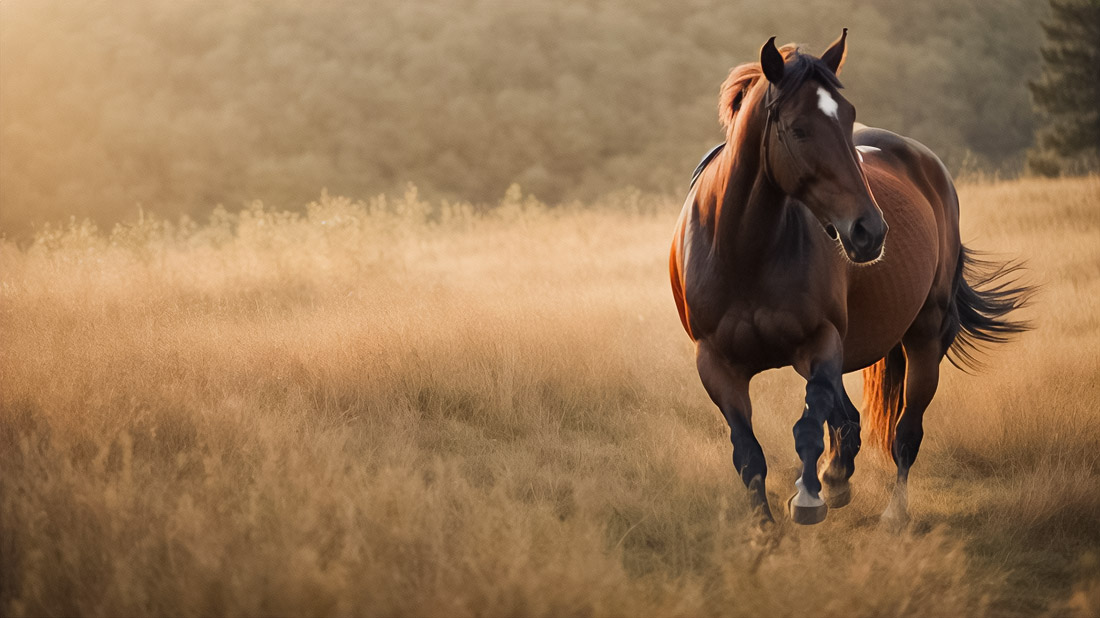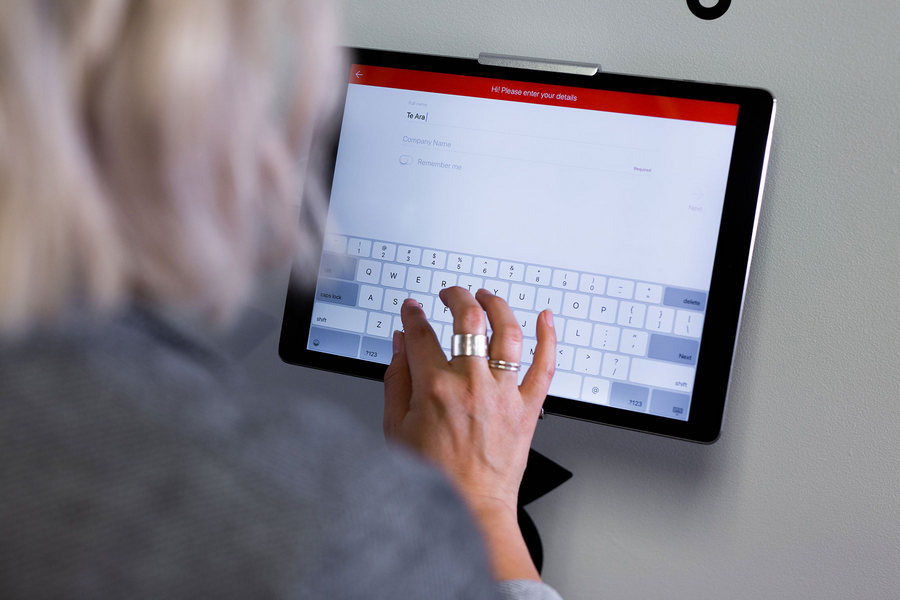Rising heat and coastal humidity drive heavy sweating, heighten heat stress, and leave little room for error. The diet moves from concept to control lever for metabolism, immune function, neuromuscular coordination, and resistance to overheating.
Physiology Of Hydration: Key Indicators And Norms
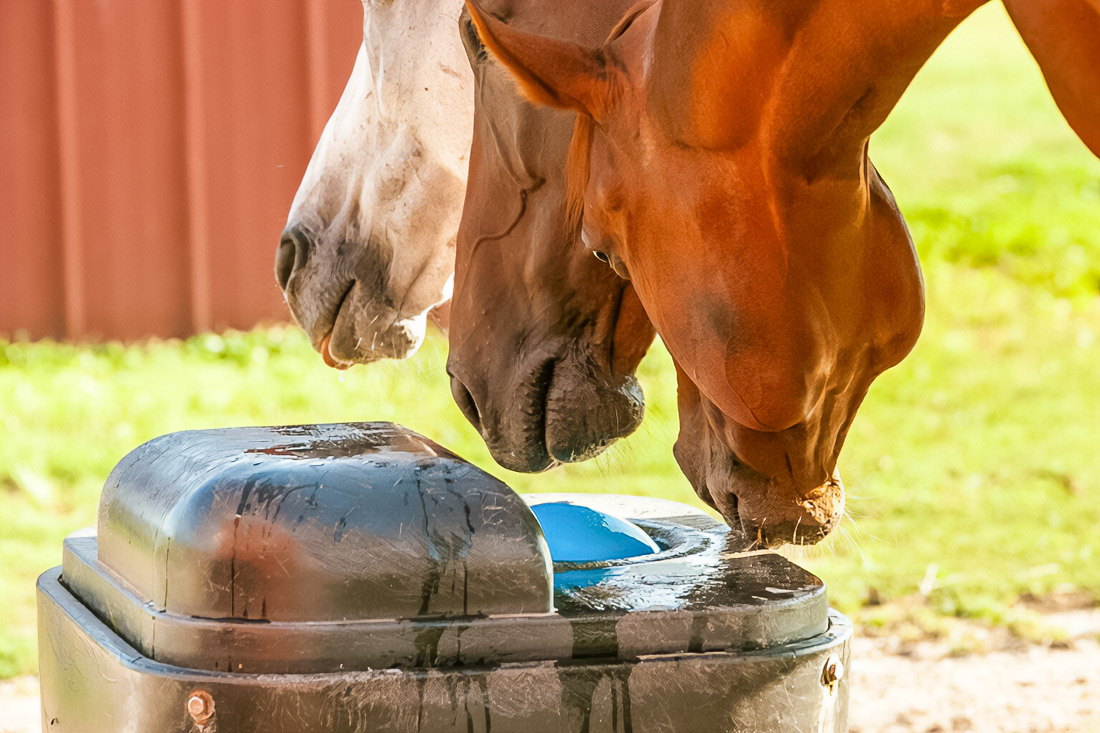
The horse’s body contains about 60–70% water. The average horse weighing about 500 kg drinks 30–50 liters per day, significantly more in the heat and at work. A convenient guideline is about 1 gallon for every 100 pounds of body weight per day. Under heavy load, sweat losses can reach 10–15 liters per hour. This is not an assumption, but a management risk that requires planning for drinking and electrolytes.
Electrolyte Management: Sodium, Potassium, Chloride And Magnesium
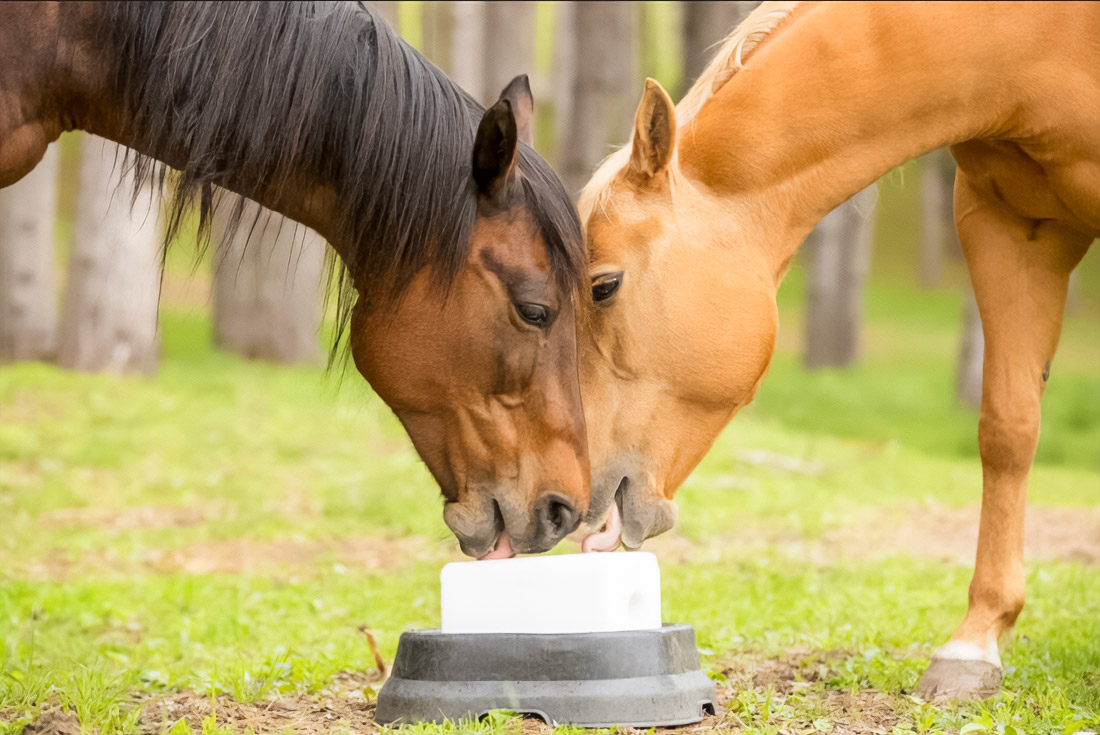
With sweat, sodium, chloride, potassium and magnesium go away the basis of neuromuscular conduction, rhythm and coordination. Without replenishment, performance decreases, recovery worsens, and behavioral “swings” grow. The practical principles are simple.
- Free access to loose salt on a daily basis, and not just to a salt lick.
- Two buckets nearby: plain water and water with electrolytes.
- Quick-change working formula: 45 g of table salt + 45 g of “lite salt” (NaCl/KCl) per 10 liters of water. This mixture covers sodium/potassium/chloride approximately for a sweat volume of about 9 liters.
- Always offer electrolyte water together with plain water, so as not to provoke a refusal to drink.
Daily Fluctuations Of The Microclimate: The Influence Of Humidity And Heat
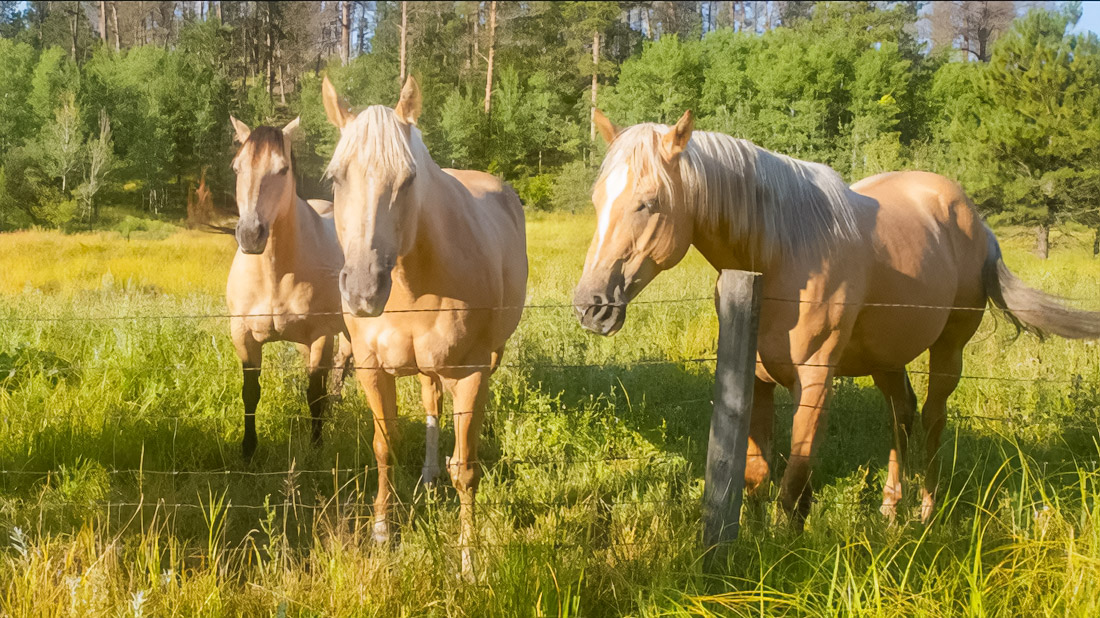
Nighttime “cooling off” in the coastal area is deceptive. High humidity impairs evaporative cooling, which means the risk of dehydration persists. Night walking with access to shade, through-ventilation of stalls, fans and sprayers help. After work, first cooling, then drinking in small portions. On the road, make frequent short stops, build familiarity with water taste in advance, and flavor carefully only if a bucket of plain water stands nearby.
Early Markers Of Dehydration: Clinical Assessment In The Stable
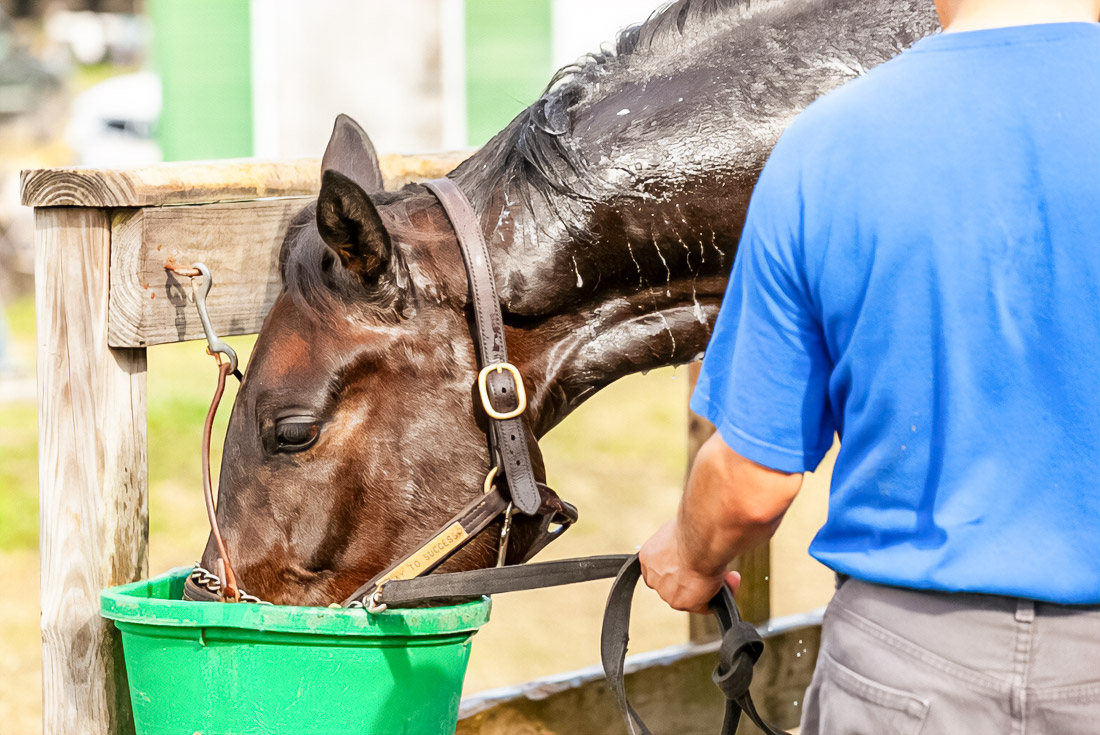
Check the gums. They should not be dry and sticky. Evaluating skin tenting the skin fold should straighten quickly. Watch the eyes and overall tone. Dark, concentrated urine is an alarming signal. The appearance of “thumps” (diaphragmatic flutter) indicates a deficiency of water and electrolytes. React before severe symptoms develop.
Nutritional Strategies For Reducing Heat Load
Feed affects thermoregulation. Oils provide energy with minimal additional “heating” compared to grain. “Slow” energy is a combination of fiber and oil smooths glucose spikes and behavioral spikes. Extruded or well-boiled grains shift digestion to the small intestine, reducing fermentation in the hindgut. Soaking feed and wet mashes increase water intake. The minimum of coarse feed is at least 1 kg per 100 kg of body weight per day, to support the microbiota and metabolic stability.
Load Planning And Logistics Of Drinking In Hot Climates
Reschedule the main workouts for early morning and late evening. At peak heat, reduce session intensity and duration. Immediately after work cooling, then fractional drinking and electrolytes according to plan. On routes, provide shade, air movement, access to water, and track the consumed volume. Coordinate sourcing and travel logistics with a horse feed supplier who understands Gulf humidity, transport windows, and electrolyte availability.
Monitoring, Prevention And Risk Management
Keep a journal: date, temperature and humidity, type of work, amount of water consumed, diet, supplements, behavior, appetite, recovery. Regularly evaluate gums, skin fold, and urine color. Keep two buckets of water nearby. Ensure constant ventilation of the stalls. Adjust the electrolyte plan to actual sweating rather than “feelings.”
Summary Of Practical Steps
- Water: 30–50 liters/day for a 500 kg horse as a base; in heat — more.
- Losses: up to 10–15 liters/hour during intensive work — plan compensation in advance.
- Mixture: 45 g NaCl + 45 g “lite salt” per 10 liters, electrolyte water together with plain water.
- Diet: fiber + oils; soaking feed; extruded grain if necessary.
- Forage: minimum 1 kg/100 kg body weight.
- Control: gums, skin tenting, eyes, urine, intake and behavior — daily.
Hydration and electrolyte balance are not an addition to training, but their foundation. The right pair of “plain water + electrolytes,” disciplined dosing, and “slow” energy reduce heat load, stabilize stride, and accelerate recovery. The numbers are simple. The result comes from routine: record-keeping, observations, and timely corrections. This is how the season in Gulf countries passes without disruptions and unnecessary risks.

Cyclist, ninja, DJ, Bauhaus fan and HTML5 Guru. Making at the crossroads of aesthetics and function to craft experiences that go beyond design. My opinions belong to nobody but myself.
